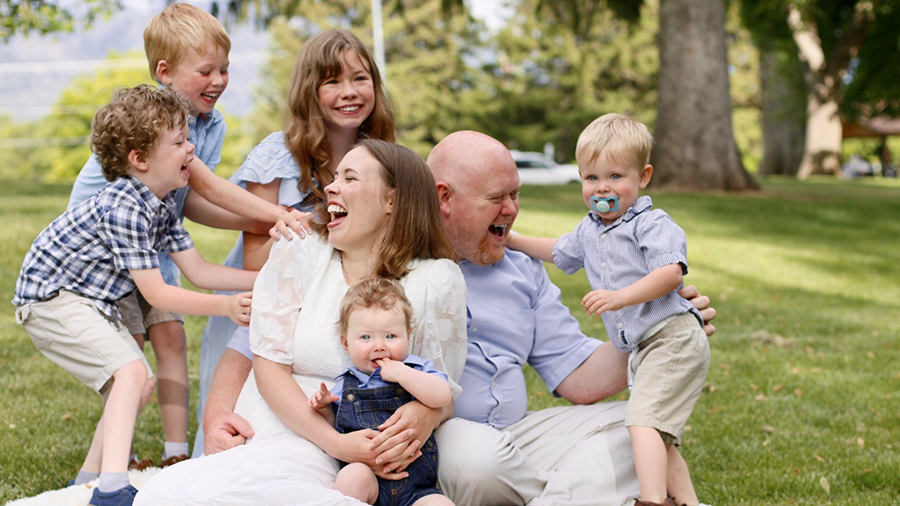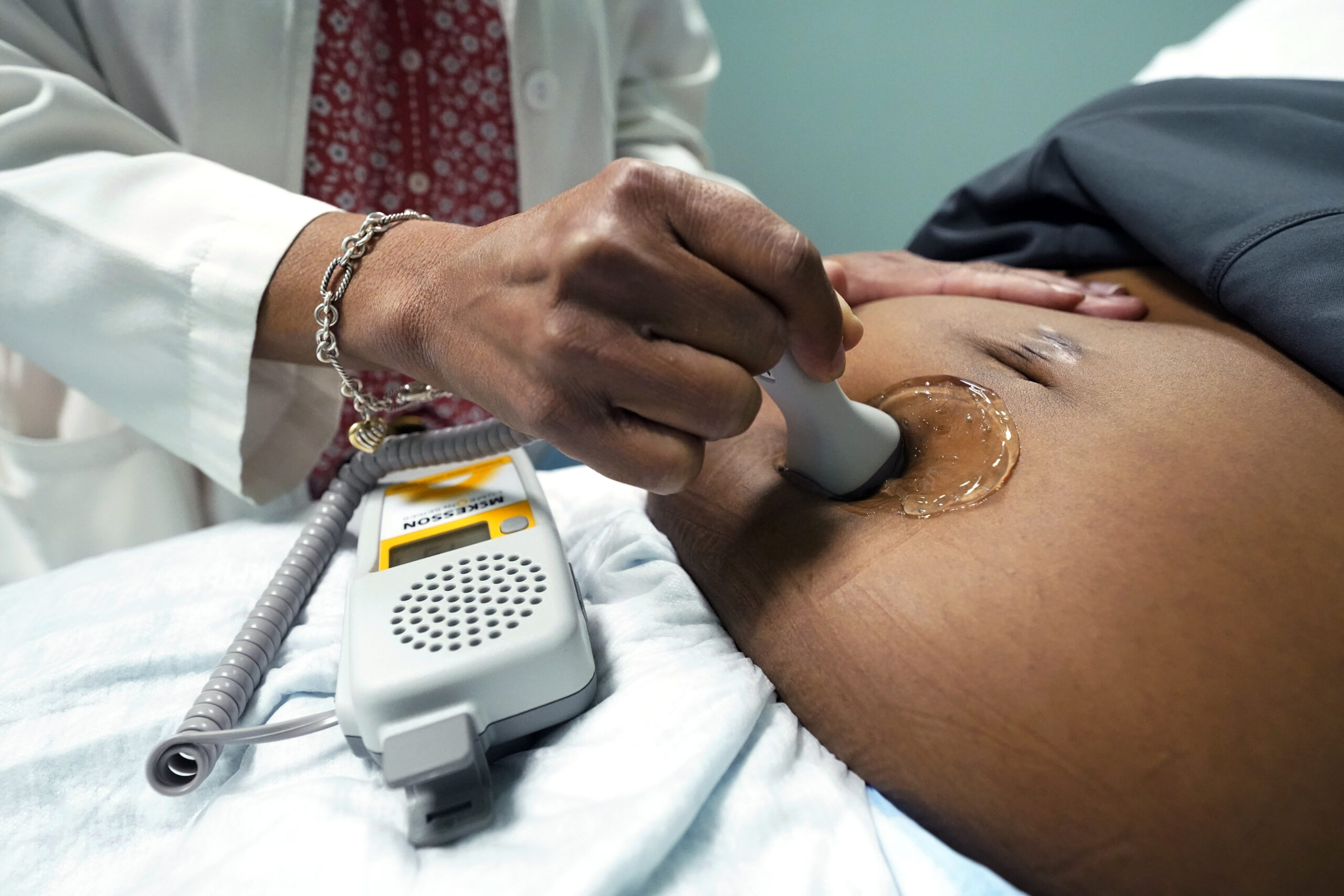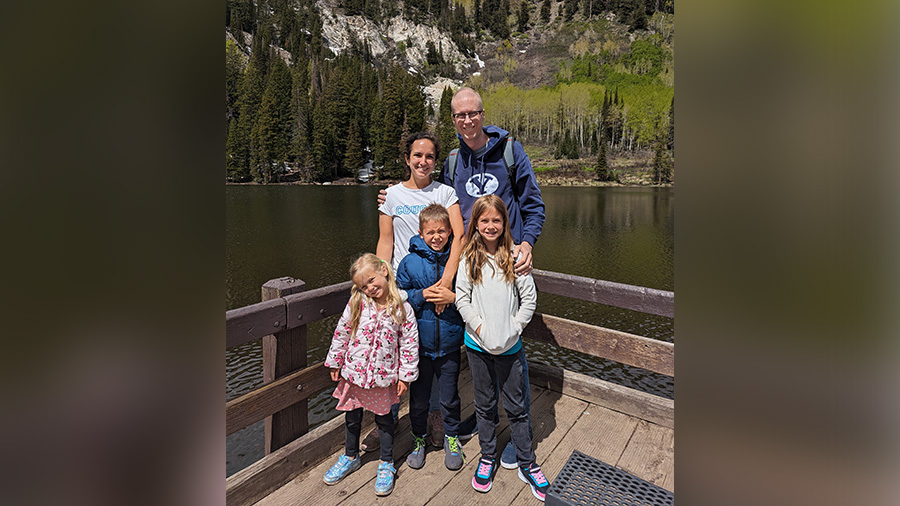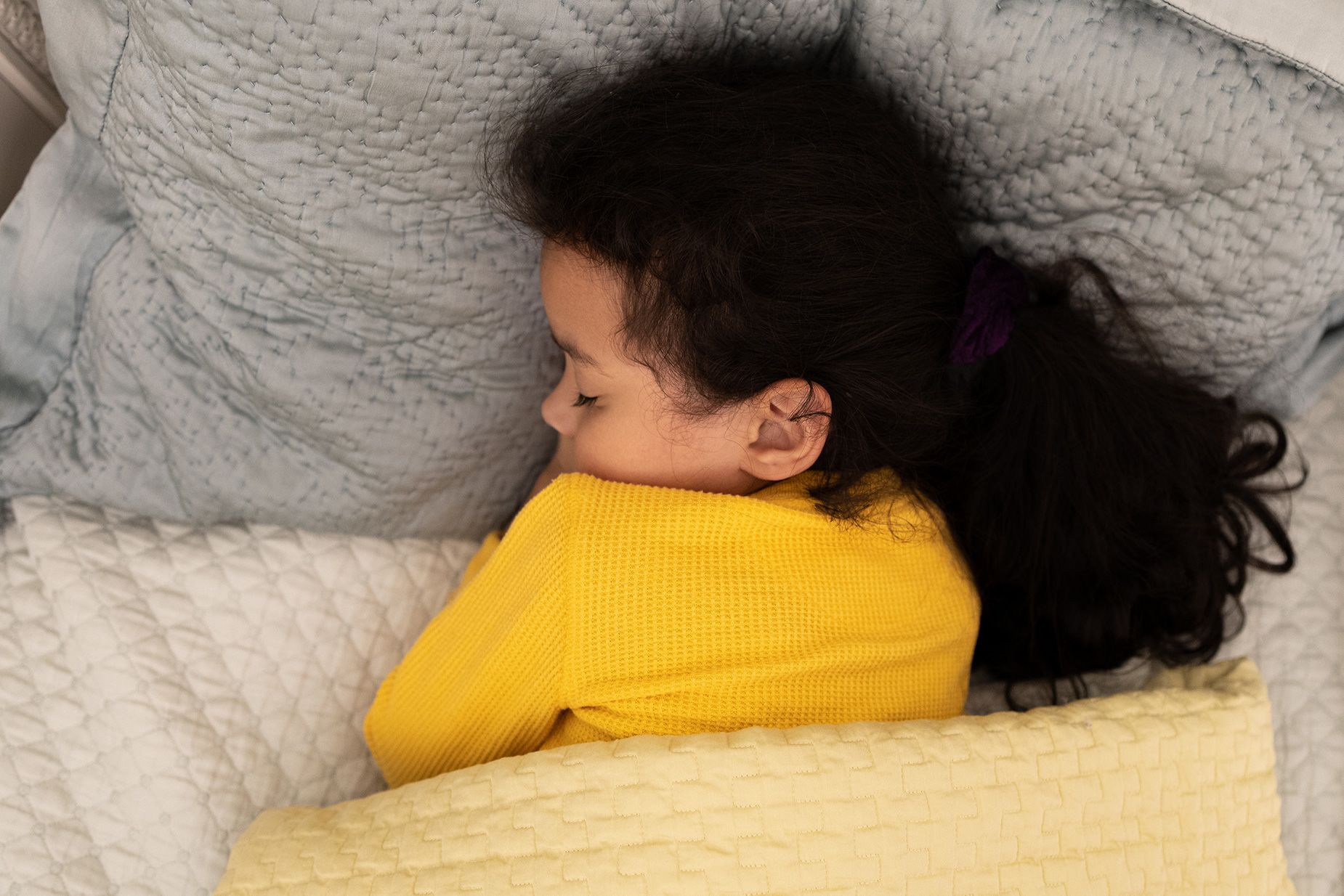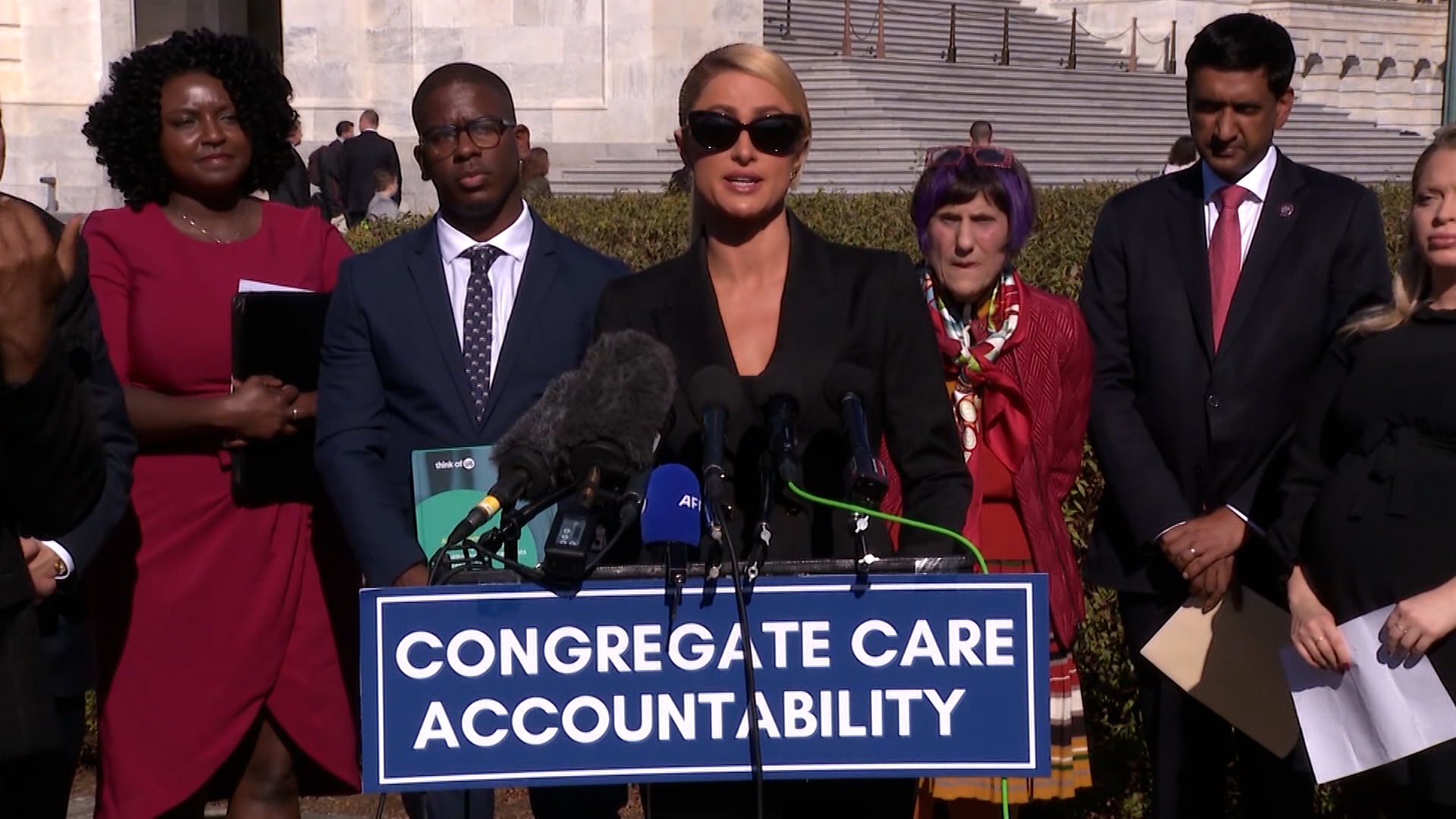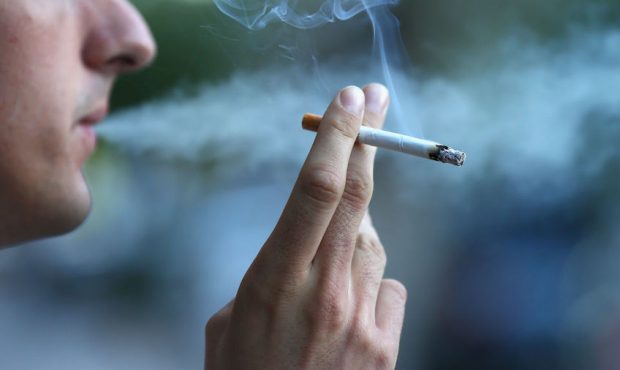Doctors Testing New Liver Transplant Transport System
Mar 2, 2020, 7:11 PM | Updated: 8:53 pm
SALT LAKE CITY, Utah – Every year, approximately 2,500 Americans with liver disease die on the transplant list waiting for a donor liver.
Now, Intermountain Healthcare officials are testing a new liver transport system that could save some of those patients by better preserving the organs in transit.
For five decades, livers have been successfully transported from donor to recipient in coolers. Livers have been riding in bags of special fluid, packed in ice since the first successful liver transplant in 1967. That’s called “static” cold preservation, which keeps the liver in a solution inside a cooler.
But, to another for transplant surgery. This new preservation method is considered “active,” and was designed to improve the process.
“This is the cutting edge of transplant,” said Jake Krong, research manager at Intermountain Transplant Services.
Doctors at Intermountain Healthcare have now performed ten liver transplants with organs transported in the hypothermic machine perfusion pump. It’s a large case, the size of a car-top carrier, that has what a liver needs to essentially keep working.
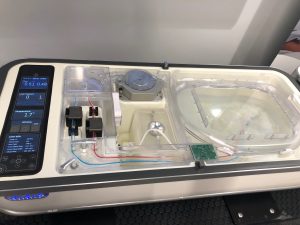
The hypothermic machine perfusion pump has what a liver needs to essentially keep working.
“We’re keeping that liver working in a somewhat normal, physiologic state during the time that it’s out of the donor’s body and before it goes into the recipient’s body,” Krong said.
That can be hours. They regularly transport livers throughout the region, and even further when necessary. The hypothermic machine perfusion pump keeps the organ cold and healthy in transit.
“So, we are allowing that organ to stay working in a normal way during that whole time,” Krong said. “If this saves one more patient’s life, it is priceless.”
“We keep plenty of ice to make sure that it stays super cold,” said Jake Finnerty with DonorConnect Surgical Recovery Coordinator as he showed how the pump works. “Also, with the perfusion solution circulating through that organ, we’re eliminating any stagnant blood that might stay in there.”
Intermountain Healthcare is participating in the clinical trial with five other transplant centers. The Intermountain Transplant Research Department is collaborating with DonorConnect, Utah’s organ procurement organization, which facilitates, coordinates, registers and advocates for donors and donor families.
During the study, DonorConnect organ preservation technicians work with the transplant surgeons to hook up donated livers to the machine. They also help transport the livers for transplant and assist the Intermountain research coordinators with data collection.
“We do not have enough organs to go around to take care of everybody on the list,” said Dr. Diane Alonso, an Intermountain Healthcare transplant surgeon who has used the new machine with her patients.
So, doctors are eager for innovation that helps preserve more organs and gets them to patients. With this machine, doctors can use organs that are farther away, and may not be as healthy.
“That expands our organ pool, and every organ counts because that is one more life saved. So, for us if we can expand the pool by five or 10% that’s a big deal,” Alonso said. “In the long run, we hope to use this technology in the future to increase the number of organs available for transplantation, while reducing complications and shortening the length of hospital stays.”
Especially for patients like 47-year-old Laura Adams from West Jordan, who found out she had liver disease five years ago.
“It was slowly destroying my liver,” she said.
Then, a year ago, she was diagnosed with liver cancer.
“The cancer is aggressive. The cancer is hard to contain, and usually by the time people get an appropriate diagnosis it’s too late for them,” Adams said.
Last October, medical officials had a donor liver for Adams and she agreed to participate in the trial. The liver she matched with was a Hepatitis C-infected liver, but doctors told her, “We can cure Hep. C. We can’t cure cancer.”
So, she accepted the Hepatitis C-positive liver.
“In my mind, it wasn’t really to my benefit as much as it would be. Well, what can you learn from that and how can you help other people with that?” she said.
Now, Adams feels great and was showing no signs of Hepatitis C. Her energy is better, her jaundice cleared immediately and she is excited about the future.

Intermountain Healthcare transplant surgeon Dr. Diane Alonso and Laura Adams.
Psychologically, she believes she got a liver that was ready to go.
“Keeping it alive gives you a feeling of that it’s already revving to go,” she joked about her new liver. “It’s kind of like warming up your car. It’s like, OK, it’s gonna work out really well.”
Results from the trial should be available later this year.

